The people of the Narmada Valley consider the river Narmada a goddess or the mother; she is either prayed to as Namami Devi Narmade or affectionately called Narmada Maiya. In the following audio-video clips, stalwarts of the Narmada Bachao Andolan (NBA) and oustees of the Sardar Sarovar Project (SSP) share with us the many facets of the mighty Narmada River they shared or revered as she existed then, before the Sardar Sarovar dam was built. These voices along with the photographs of the river as well as those of the lives of the people living on its banks are important in understanding the significance of a free flowing river. In their narratives here, they share how the lives of the people living on its banks were socially, culturally, religiously and economically intertwined with the river Narmada. They help us understand how changing a free flowing river into a reservoir of stagnant water by building a mega dam destroyed the very way of life of people who are the descendants of one of the oldest river valley civilisations. These profound voices help us understand how deep was the relationship of the people with the Narmada River before the coming of the SSP. These voices are a ‘must listen’ for all those who wish to understand the free flowing river that the Narmada was before the Sardar Sarovar Dam was built.
Most of all, these interviews help us understand the emotional, spiritual, cultural and religious bond between the Narmada and its people and how a mere rehabilitation policy, no matter how good, cannot comprehend and account for these nonmaterial and intangible losses.
The Late Sitaram (bhai) Patidar
SUBMERGENCE VILLAGE KADMAL, MADHYA PRADESH
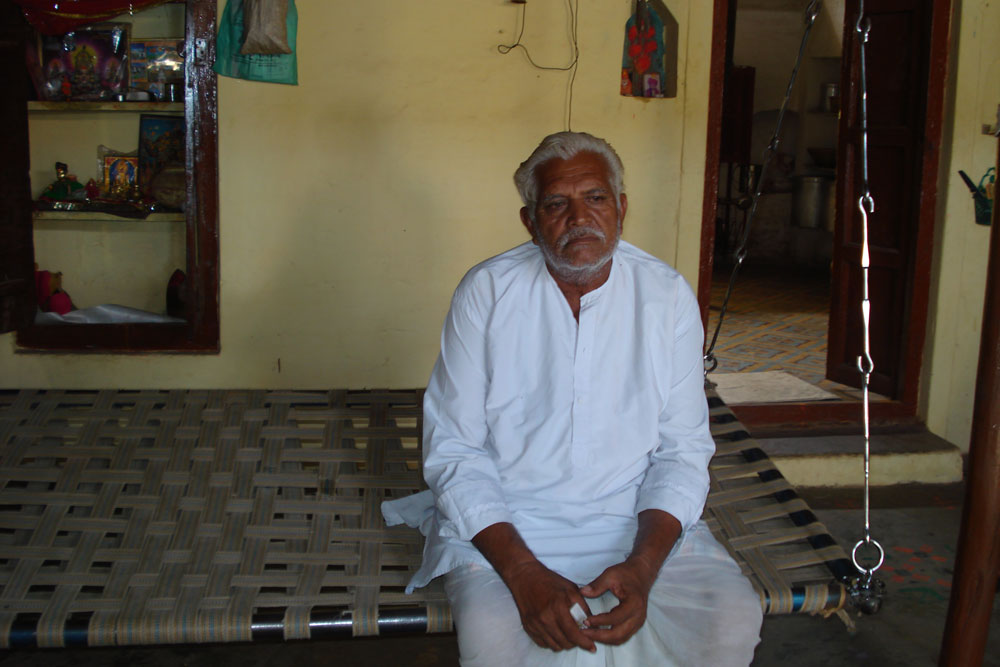
Sitarambhai, one of the doyens of the NBA, passed away very recently in September 2021. Being an oustee himself, Sitarambhai lucidly explains the significance of a free flowing Narmada. He talks of the many facets of the Narmada River before the Sardar Sarovar dam was built. Sitarambhai’s narration reinforces the argument that mega dams on rivers are a disaster and that rivers therefore should remain free flowing.
Interview Duration: 0:36:35
Language: Hindi, Subtitles in English
BAVA (bhai) MAHARIYA
SUBMERGENCE VILLAGE JALSINDHI, MADHYA PRADESH
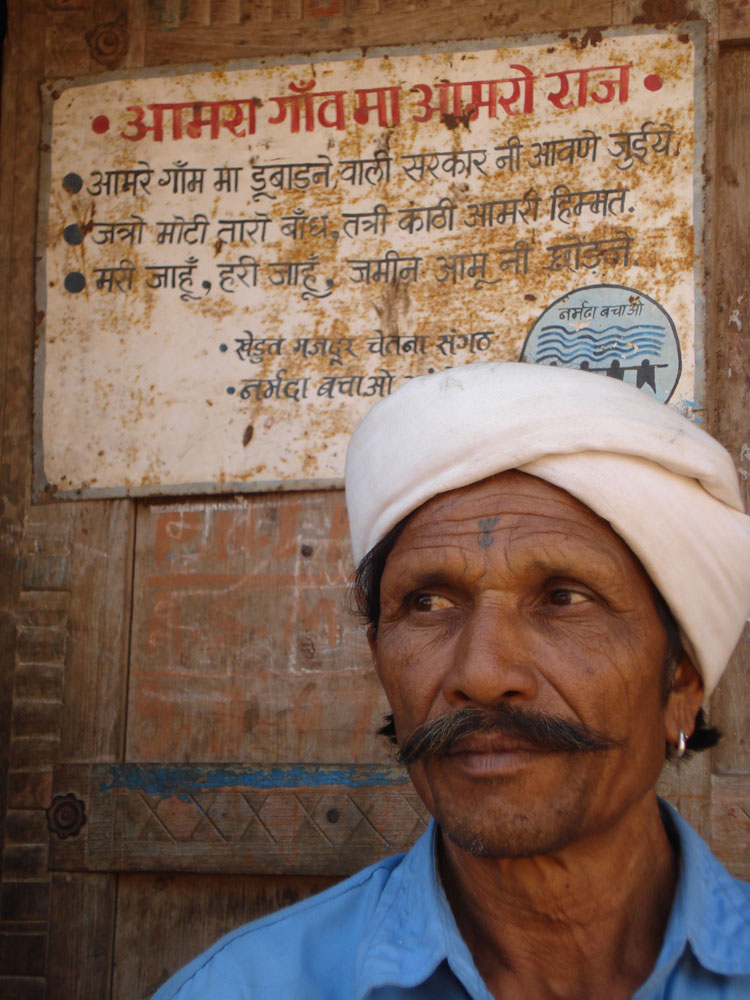
Bavabhai, a stalwart of the Khedut Mazdoor Chetna Sangath and NBA, talks of the cultural, mythological and religious beliefs of the adivasis regarding the Narmada River as she flows by his village Jalsindhi. Jalsindhi, one of the adivasi villages on the banks of the river Narmada in Madhya Pradesh was submerged by the Sardar Sarovar dam. And along with the village, the many places that had religious significance for the adivasis too were destroyed with no attempts of any relocation or formal documentation.
Interview Duration: 0:24:34
Language: Bhilali, Subtitles in English
The Late PRABHU (bhai) TADVI
VILLAGE WAGHADIA, KEVADIA COLONY, GUJARAT
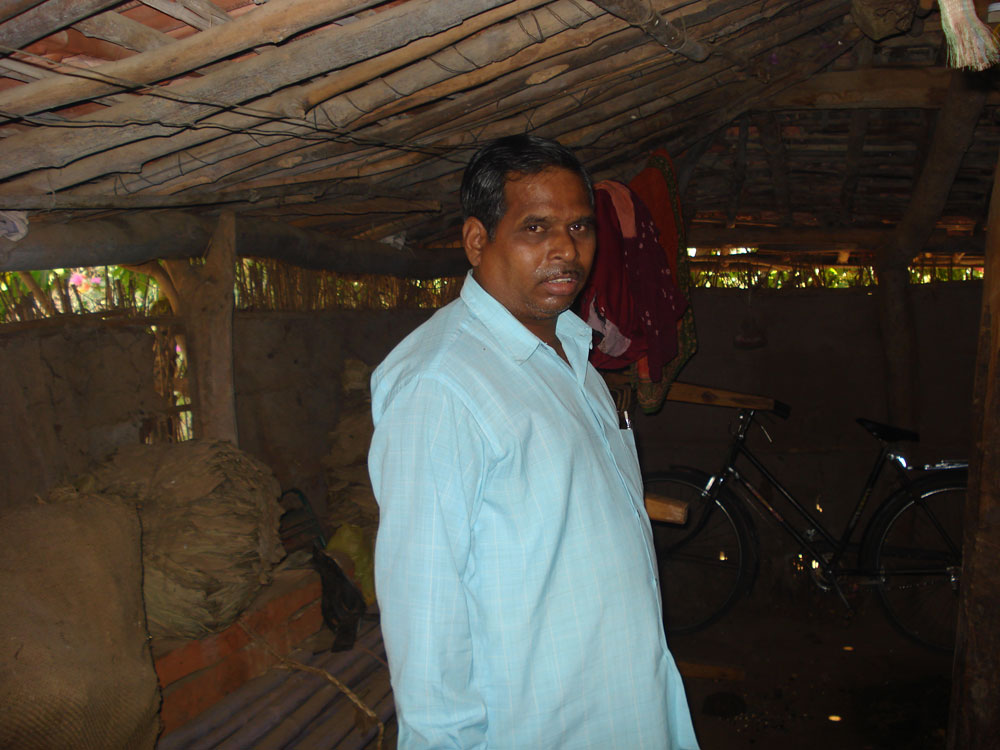
Prabhubhai, one of the most fearless adivasi leaders of the NBA passed away only recently in April 2021. He describes the life of his people in his village Waghadia on the banks of the Narmada River, before the community lost all its lands to the Kevadia Colony, the Sardar Sarovar Project colony. This is a ‘must listen’ interview for those who wish to understand the life of the adivasi communities before the coming of the Sardar Sarovar Dam and its project colony, the Kevadia Colony. The adivasis who lost their lands to the building of the Kevadia Colony in Waghadia way back in 1961, were never rehabilitated. Kevadia Colony today is world famous for the Statue of Unity, the tallest statue in the world. But the adivasi communities, the original residents here who continue to live on the fringes of their acquired lands are being pushed even further away, as whatever little that remains with them is being taken over at Kevadia to promote and support tourism for the powerful and the wealthy tourists arriving at the Statue of Unity.
Interview Duration: 0:43:44
Language: Gujarati, Subtitles in English
CHAGAN (bhai) KEVAT
SUBMERGENCE VILLAGE SONDUL, MADHYA PRADESH
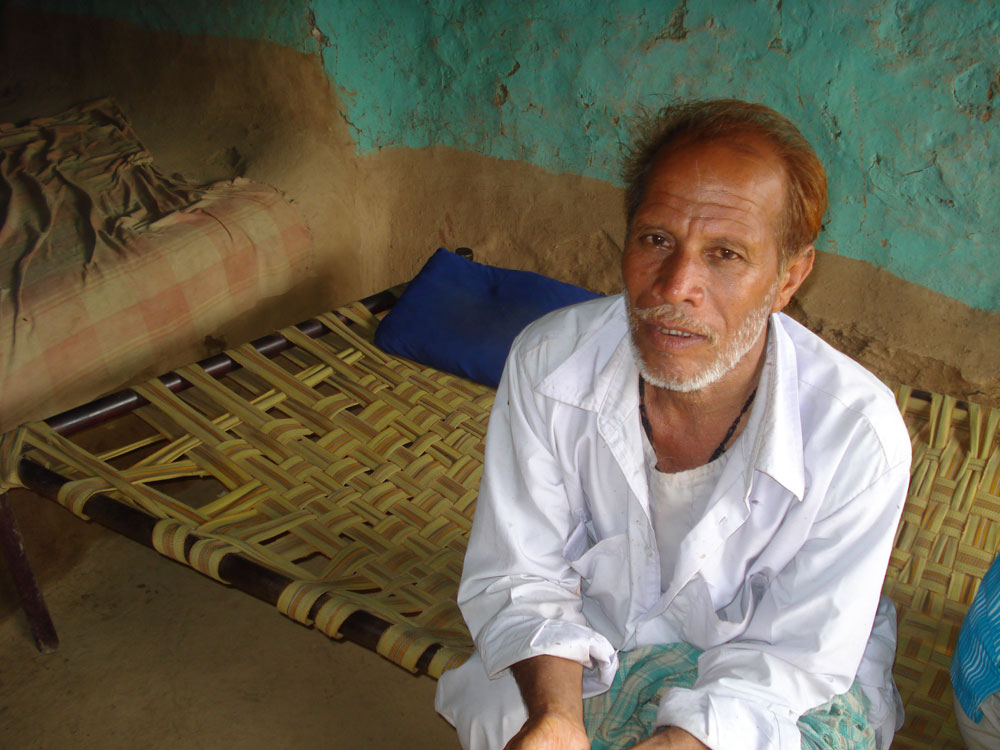
Chaganbhai, a resident of village Sondul and a senior member of the NBA belongs to the Kevat community who make their living by ferrying people and their belongings across the Narmada in their boats. Chaganbhai’s narration gives us an insight into the economic and social lives of people from different communities living on the banks of the river Narmada. He talks about his own community, the Kevat community, and how their livelihood is intertwined with the River Narmada and how it has been affected over time. This interview helps us understand that land based rehabilitation policy or cash compensation is not sufficient to restore the lives of different communities pursuing diverse occupations on the banks of the Narmada.
Interview Duration: 0:30:00
Language: Hindi, Subtitles in English
MAHESH SHARMA
SUBMERGENCE VILLAGE CHIKHALDA, MADHYA PRADESH
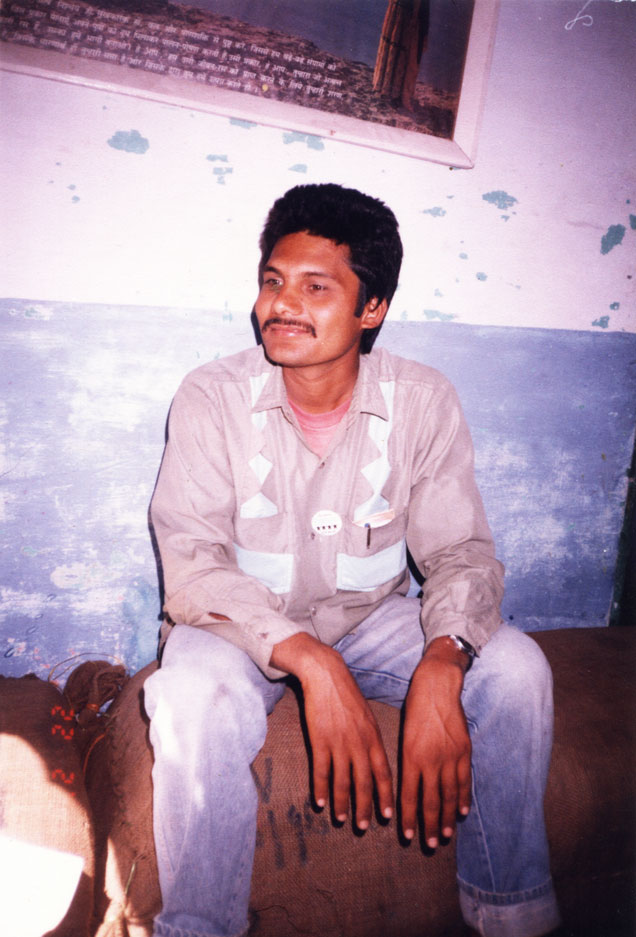
Mahesh, one of the senior activists of the NBA whose contribution to the movement is extraordinary, is an oustee himself. His village Chikhalda and his home was submerged by the Sardar Sarovar dam waters. In this short clip. he talks of his life as a boy on the banks of the Narmada River. For most children living on the banks of a river, the river has always been an integral part of their lives, and this clip helps us understand how intertwined their lives are. The photos in the clip depict the destruction of the religious places in Chikhalda, including a Shiv Temple, of which Mahesh’s father was a priest and submergence of the historic Rajghat bridge by the Sardar Sarovar Dam.
Interview Duration: 0:08:58
Language: Hindi, Subtitles in English
Shanta (Ben) Yadav
Submergence Village Pipri, Madhya Pradesh
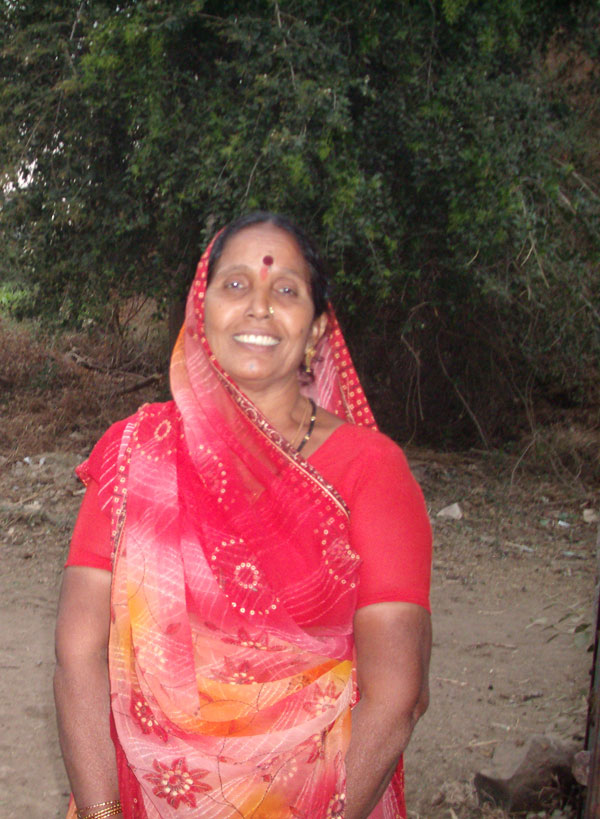
Women in the Narmada valley share a deep bond with the river Narmada. To some, she is a mother – the giver. While to others, she is a goddess with divine powers. Shantaben, a senior leader of the NBA whose own village Pipri has been greatly impacted by the backwaters of the Sardar Sarovar dam, says, “All this is by the grace of Mother (Narmada), she is the one giving all this. We continue the movement in her name, we shout ‘Victory to Narmada!’ (‘Narmada ki Jai’) day in and day out – Let us be! Let us Live! Let Mother Narmada flow! A single slogan reverberates through the entire valley, “We won’t leave the banks of Mother Narmada!” Thus, we always remember Mother Narmada in our slogans, which is why she has graced us with all this.” Shantaben also goes on to describe the different facets of the lives of the people on the banks of the Narmada including one of the oldest spiritual customs in Hindu religion – the Narmada parikrama, the circumambulation of the river Narmada.
Interview Duration: 0:25:31
Language: Nimadi, Subtitles in English
Late Gangaram (baba) Yadav
Submergence Village Chotabadada, Madhya Pradesh
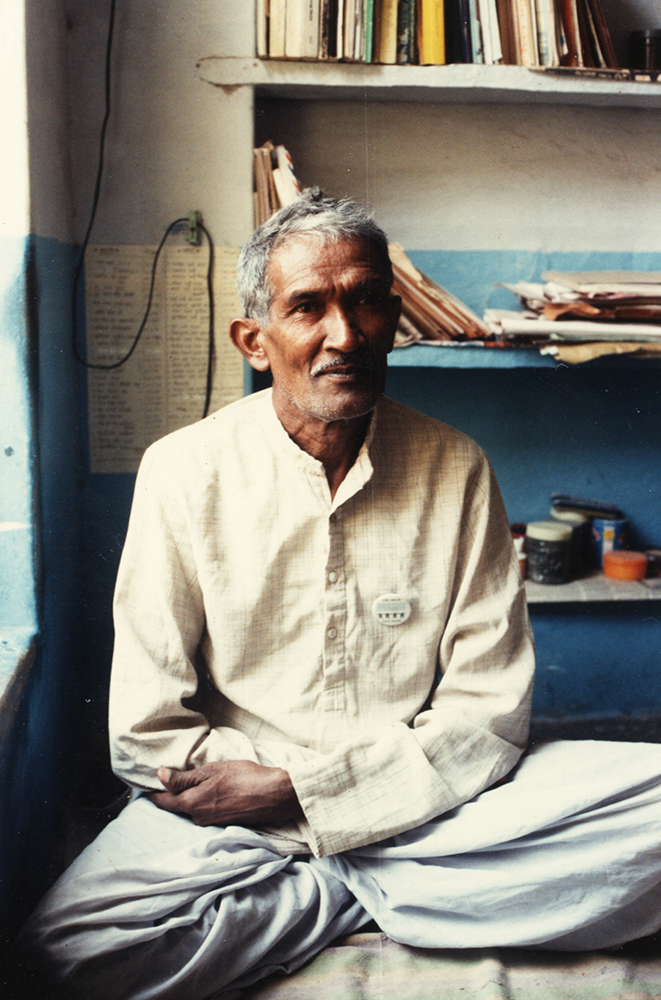
This clip is a short excerpt from a long interview of Gangarambaba, one of the senior leaders of the Narmada Bachao Andolan (NBA). He left his own village and for many years, lived in Manibeli and managed the NBA office there which was then the nerve centre of the movement. Manibeli was the first village in Maharashtra to be submerged by the Sardar Sarovar Dam. Gangarambaba, who lived in Manibeli for many years and participated actively in the historic Manibeli struggle, describes the divinity of the magnificent historical Shoolpaneshwar temple which was situated in the equally beautiful village Manibeli that now lies submerged in the depths of the Sardar Sarovar Dam waters. And who else could describe its magnificence adequately? Only Gangarambaba, who fought with all his might to save not only the villages and homes of the people in the Narmada valley from being submerged by the Dam, but also the rich religious and cultural heritage that has been ruthlessly destroyed in the process of destructive development that the country has adopted, could do it justice. This narration of how we have destroyed our heritage temples like Shoolpaneshwar temple, considered Swayambhu (that which has emerged on its own) by believers, helps us realise how hollow the narrative around the Ram temple in Ayodhya has been and how unwarranted the destruction of Babri Masjid!
Interview Duration: 0:03:25
Language: Hindi and Nimadi, Subtitles in English
Mahesh (Bhai) Patel
Submergence Village Kundia, Madhya Pradesh (M.P.)
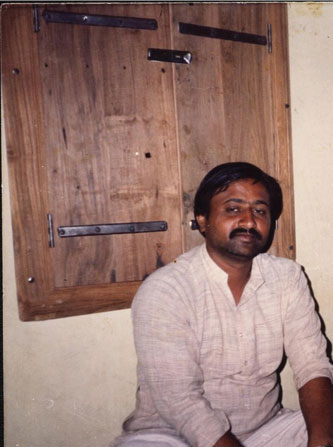
Maheshbhai’s efforts in the mobilisation of people and the expansion of Narmada Bachao Andolan (NBA) in the submergence areas of Sardar Sarovar Project (SSP) in Madhya Pradesh is unparalleled. Maheshbhai, an NBA stalwart, has been accepted among people across caste, class and gender divides in an otherwise somewhat patriarchal and feudal society in Nimad, Madhya Pradesh. Maheshbhai’s skills are not limited to mobilisation and strengthening of the NBA alone. He is a great orator, organiser and fundraiser, he has the ability to make excellent presentations before government functionaries and politicians and also has the ability to convert the strongest proponent of the SSP to an opponent of the dam. He belongs to a very well-known and respected family, and his home has been like an extended office of the NBA. Year after year, he and his family hosted a large number of visitors who came to the Narmada Valley in support of the NBA. Maheshbhai’s detailed interview is important in helping us understand the making and functioning of the NBA.
The short clip posted below is a small portion of his detailed interview where he talks of the struggle of village Manibeli, the first village to be submerged by the Sardar Sarovar Dam in Maharashtra and his stay there. It helps us understand the area, the lands, the forests and the life of the people who lived on the banks of the river Narmada in the tribal/Adivasi areas of Maharashtra. Maheshbhai also talks about the submergence of the Shoolpaneshwar temple, and the Shoolpaneshwar Mahadev Linga that is considered to be swayambhu – to have emerged on its own.
Interview Duration: 0:15:57
Language: Hindi, Subtitles in English
Interview
For those who wish to have further details of the destruction of religious sites due to the submergence brought about by the Sardar Sarovar Project/Dam may refer to a photo essay titled, Who Remembers the Temple Destructions in Narmada Valley, published in Raiot here